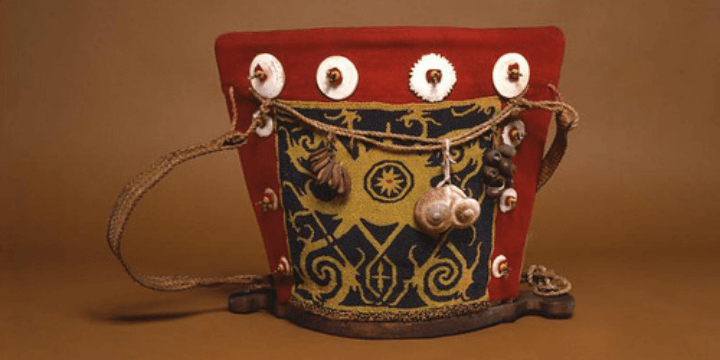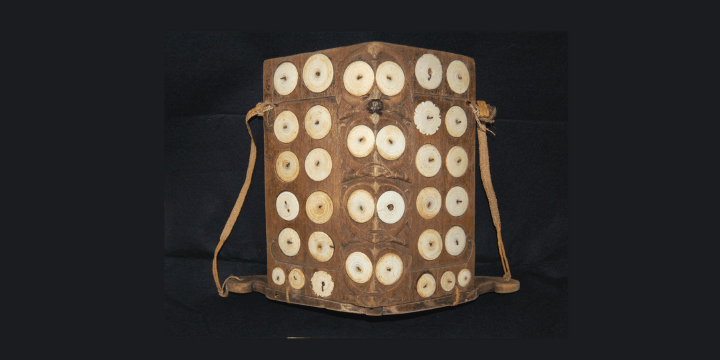In every culture, you will see some form of baby carrier.
Today we want to bring you the beautifully elevated design of the Kayan community baby carrier or baby chair, known as avet while the Kenyah calls it ba’.

The women are carrying their children with avet/ ba'. Image source via Sukubangsadayak blogspot
The unique avet or ba’ is typically made of rattan and wood frame. The seat is made from soft wooden plank, making it light and washable. Some of the seats can even be removed completely. Some of the baby carriers may have cloth lining, making them very comfortable for the child.
It takes time to purchase the seed beads and make the beadwork (aban). So, the process will It is begun months before the baby's birth and is usually done by elderly experienced women like the great aunts or the two grandmothers.
The Kayan and Kenyah community practised a social hierarchy system, which permeates their art, including body tattoo and clothing.
For example, the aristocrats or maren, which includes chieftains, shamans and their relatives, would have the baby carriers in the image of the protective spirit of a human figure. The beadwork of the protective spirit(s) has to be in a complete image. It is believed that the fuller the image is, the more powerful its protective magic is.

Image source via Etsy
The images were believed to be embedded with prayers to protect the children from disease and illness. The image is also designed to protect the child by scaring off offensive spirits.
Other paraphernalia would be the addition of animal fangs and claws, conch and cowry shells, brass bells and little wooden images of spirits.
The jingling of the bells and protruding large white and rounded eyes, fangs and claws, act in unison to chase away the wild animals, especially back in the days, working in the jungle.
Those who are not of maren status are prohibited from using this human-like protective spirit, or illness will fall upon them. Each baby carrier has its own protective spirit, so it is important not to repeat the exact image twice, else the ‘magic protection’ be nullified and ineffective.

The central beaded panel has a central demon figure surrounded by white hornbill head motifs. Image source via Michael Backman Ltd
For the second class Kayan and Kenyah, usually, the image of either the head or torso is allowed.

It is made of woven rattan with a wooden seat. The back is covered with red trade cloth and a beaded panel of yellow and black abstract designs. Bunches of dangling charms—seed pods, large snail shells, and small brown snail shells. Image source via The Penn Museum
While for the lowest caste, mainly of descendent of slaves or outsider, only abstract patterns are allowed.
These Avet or ba’ is not supposed to be sold or lent to others. However, they can be used by younger siblings once the older one has outgrown them. It can be passed down from generation to generation within the same family.
It is not common nowadays, but you still can find one being pass down from generation to generation. Nowadays, you can find these Kayan/ Kenyah baby carriers being sold commercially.

A modern-day avet or ba'. Image source via kajomag
The figures used to be fully naked and being ‘modified’ to modern trends and sensibility.

A simple Kayan/Kenyah baby carrier made of wood and shells found in the Baram River District exhibit in the British Museum. Image source via The British Museum
The Kayan/ Kenyah baby carrier is exhibited in museums worldwide.
- The Metropolitan Museum of Arts, New York
- Penn Museum, Philadelphia
- British Museum
- Textile Museum of Canada
- National Museum of Korea
Reference:








